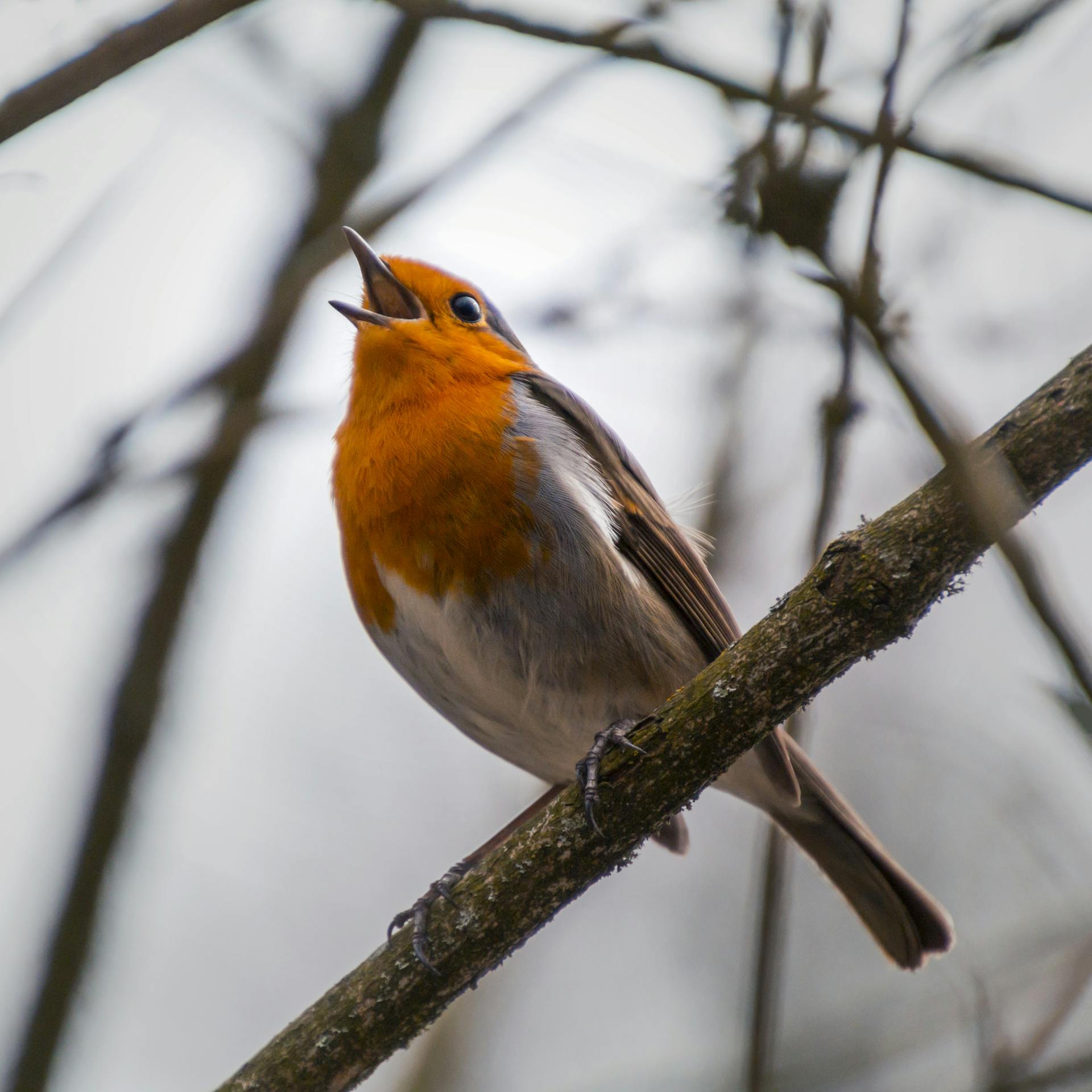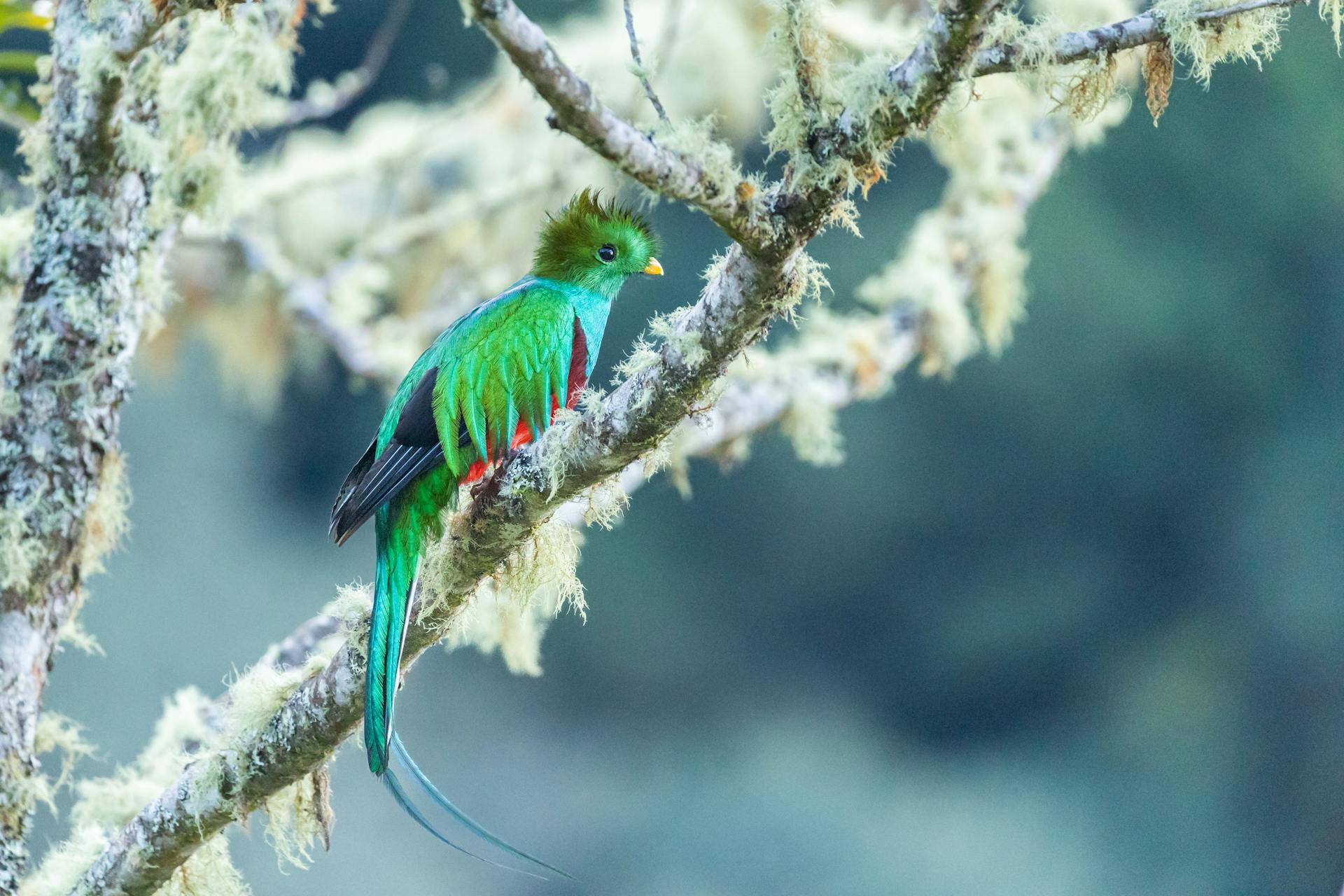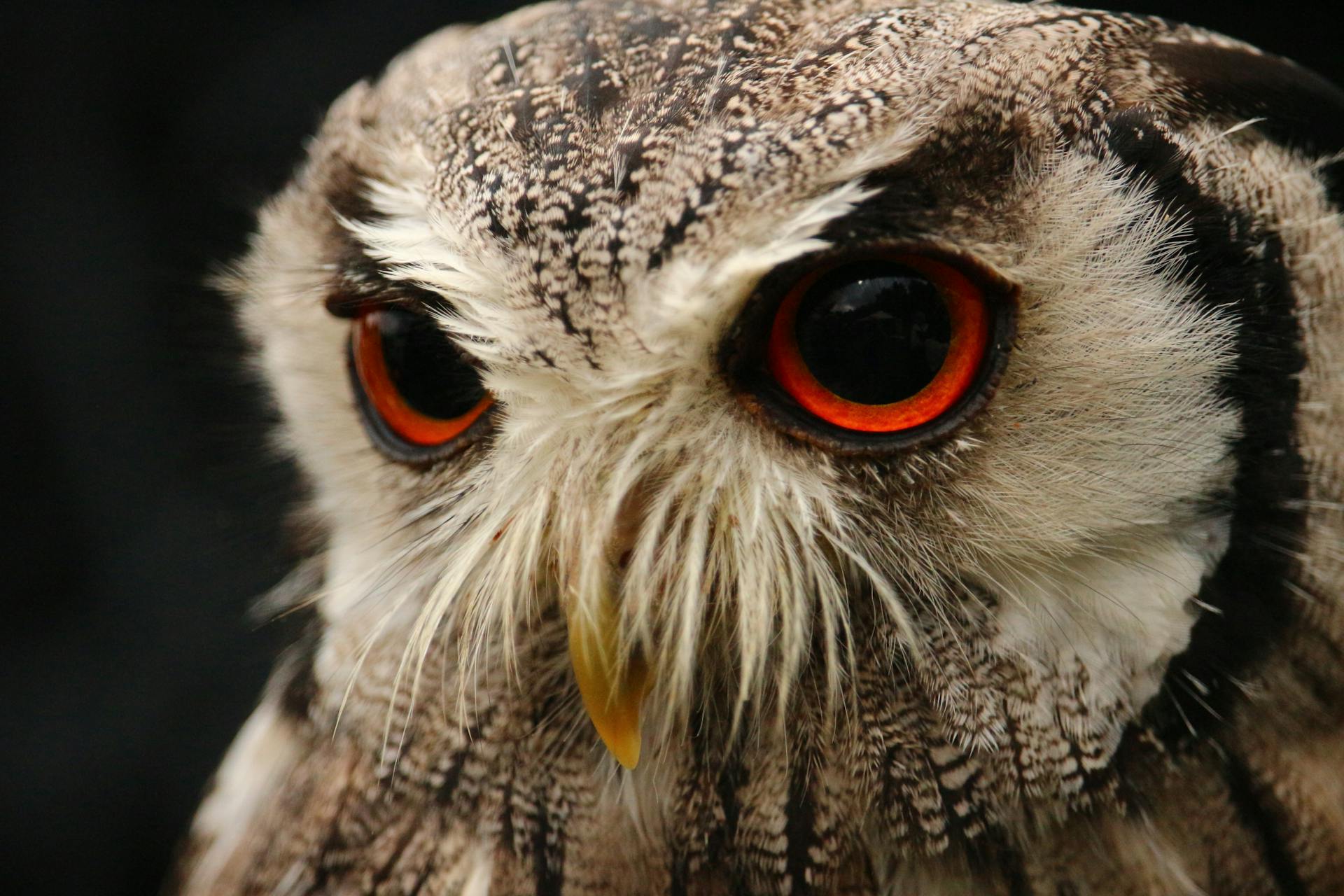Imagine waking up to the symphony of the forest at dawn, where the air is filled with a complex tapestry of melodic chirps and rhythmic calls. This natural orchestra isn’t just a delightful start to the day—it’s a vital means of communication for birds, offering insights into their behaviors, social structures, and even the health of their ecosystems.
Bird communication is a fascinating and multifaceted phenomenon, essential for survival and reproduction in the wild. From the melodious songs that fill the air during the breeding season to the sharp, urgent calls that alert others to danger, each sound serves a specific purpose in the avian world. Understanding these vocalizations can provide valuable information about the intricate lives of birds and the environments they inhabit.
Studying bird songs and calls is not just about appreciating nature’s beauty; it is a window into the complex interactions and survival strategies of these remarkable creatures. By delving into the nuances of their communication, we gain insights into their behaviors, social structures, and the impacts of environmental changes. This article aims to explore the diverse world of bird vocalizations, uncovering their significance and the role they play in the broader ecological context.
Understanding Bird Songs and Calls
A. Definitions
Bird vocalizations can be broadly categorized into songs and calls, each serving distinct purposes and differing in their structure. Songs are typically longer and more complex, often characterized by a series of musical phrases. They are primarily associated with courtship and territory establishment. In contrast, calls are shorter, simpler sounds used for a variety of functional purposes including communication between individuals, signaling alarm, or coordinating group movements. While songs are usually produced by males during the breeding season to attract mates and defend territory, calls are used more frequently throughout the year for day-to-day interactions.
B. Types of Bird Songs
Among the various types of bird vocalizations, mating songs are among the most well-known. Males often sing elaborate tunes to attract females, showcasing their fitness and genetic quality. Territorial songs, on the other hand, are less about attracting mates and more about asserting dominance over a particular area. These songs help to mark territory boundaries and prevent conflicts with rival males. Lastly, contact calls are used to maintain communication between members of a flock or family, helping to coordinate movements and ensure that no individual gets separated from the group.
The Functions of Bird Songs and Calls
A. Mating and Reproduction
Mating songs play a crucial role in avian reproduction. A well-performed song can attract potential mates and serve as an indicator of the singer’s health and genetic quality. These songs often include complex melodies that demonstrate the singer’s vigor and suitability as a partner.
B. Territory Establishment and Defense
Territorial songs are fundamental for establishing and defending a bird’s territory. By singing at the boundaries of their territory, birds communicate to rivals that the area is occupied and defended. This vocal declaration helps to prevent physical confrontations and maintain social order within bird populations.
C. Communication with Offspring
Parental calls are essential for communicating with nestlings, providing them with food, and ensuring their safety. Nestling responses, in turn, help parents gauge the needs and condition of their young. This ongoing communication is crucial for the survival and development of the offspring.
D. Social Interaction
Birds use a variety of calls for social interactions within flocks. Group coordination calls help synchronize activities such as foraging or migrating. Alarm calls, on the other hand, are used to warn other birds of predators, promoting collective vigilance and safety.
How Birds Produce Songs and Calls
A. Anatomy of Bird Vocalization
Birds produce sounds using a specialized vocal organ called the syrinx, located at the base of the trachea. The syrinx’s unique structure allows birds to create a wide range of sounds by controlling the flow of air and the tension of the vocal membranes. This flexibility is key to the diverse array of bird songs and calls.
B. Development of Songs
Young birds learn their songs through a process known as song learning. Initially, they listen to the songs of adult tutors, gradually mimicking and refining their own vocalizations. The learning process is influenced by both environmental factors and social interactions, highlighting the importance of a bird’s surroundings in shaping its vocal repertoire.
Variations in Bird Songs and Calls
A. Regional Dialects
Birds often exhibit regional dialects, where vocalizations vary between different geographical areas. For example, some species of songbirds have distinct dialects that reflect their local environments and cultural influences. These variations can help researchers track population movements and changes in habitat.
B. Species-Specific Differences
Different species have unique calls adapted to their specific needs and environments. For instance, the calls of a woodpecker might be suited for drumming on trees, while the calls of a warbler are designed for long-distance communication through dense foliage. Each call type has evolved to meet the particular challenges and opportunities faced by the species.
The Role of Bird Songs and Calls in Ecosystems
A. Indicators of Environmental Health
Bird songs can serve as indicators of environmental health. Changes in song patterns or frequencies can signal alterations in habitat quality or the presence of pollutants. Monitoring these changes helps in assessing the overall state of ecosystems.
B. Impact on Biodiversity
Bird vocalizations play a role in maintaining biodiversity. By facilitating communication and social organization, these vocalizations help sustain diverse bird populations and the ecological roles they play.
C. Human Interaction and Conservation
Human activities, such as habitat destruction and climate change, can disrupt bird communication systems. Conservation efforts that focus on protecting habitats and mitigating environmental changes are crucial for preserving these vital vocal interactions.
Conclusion
Understanding bird songs and calls reveals much about avian behavior and ecology. From mating rituals to territorial disputes, these vocalizations are integral to the survival and social structure of bird species. As we continue to study and appreciate these natural symphonies, it becomes clear that protecting bird habitats and promoting conservation efforts are essential for preserving the intricate communication networks that sustain our ecosystems.


